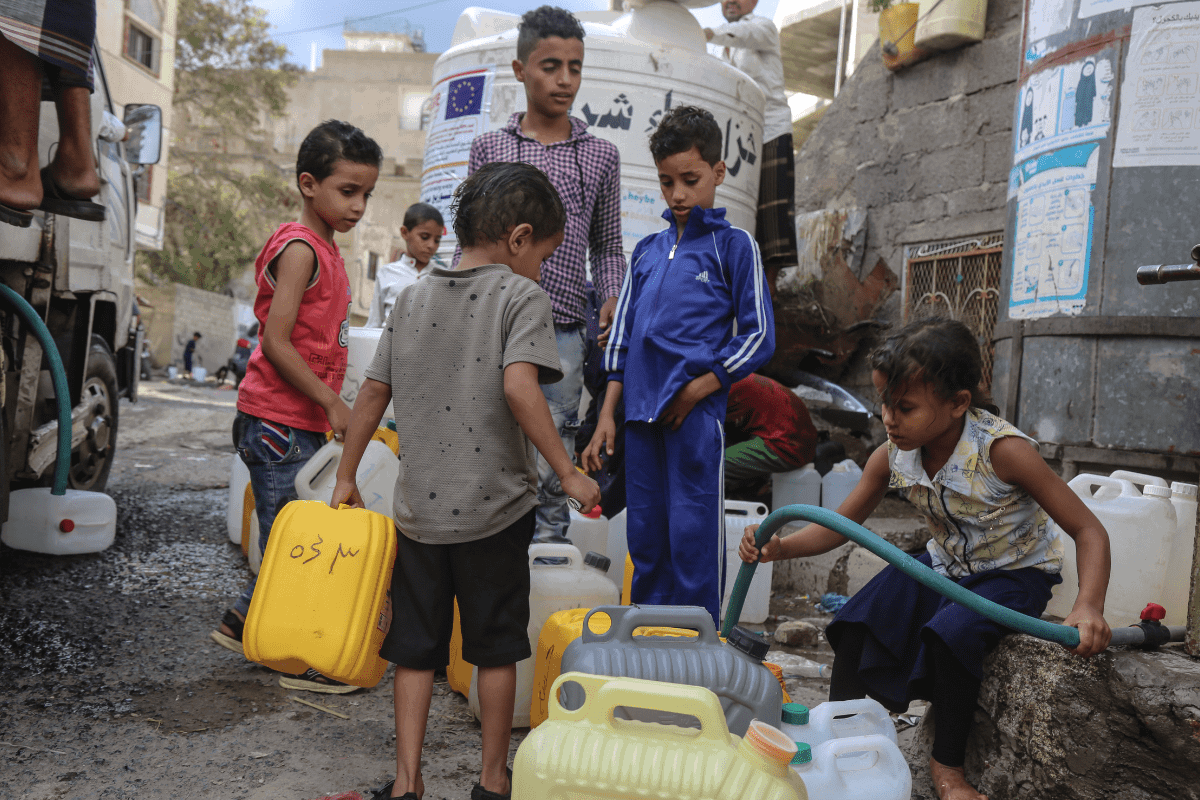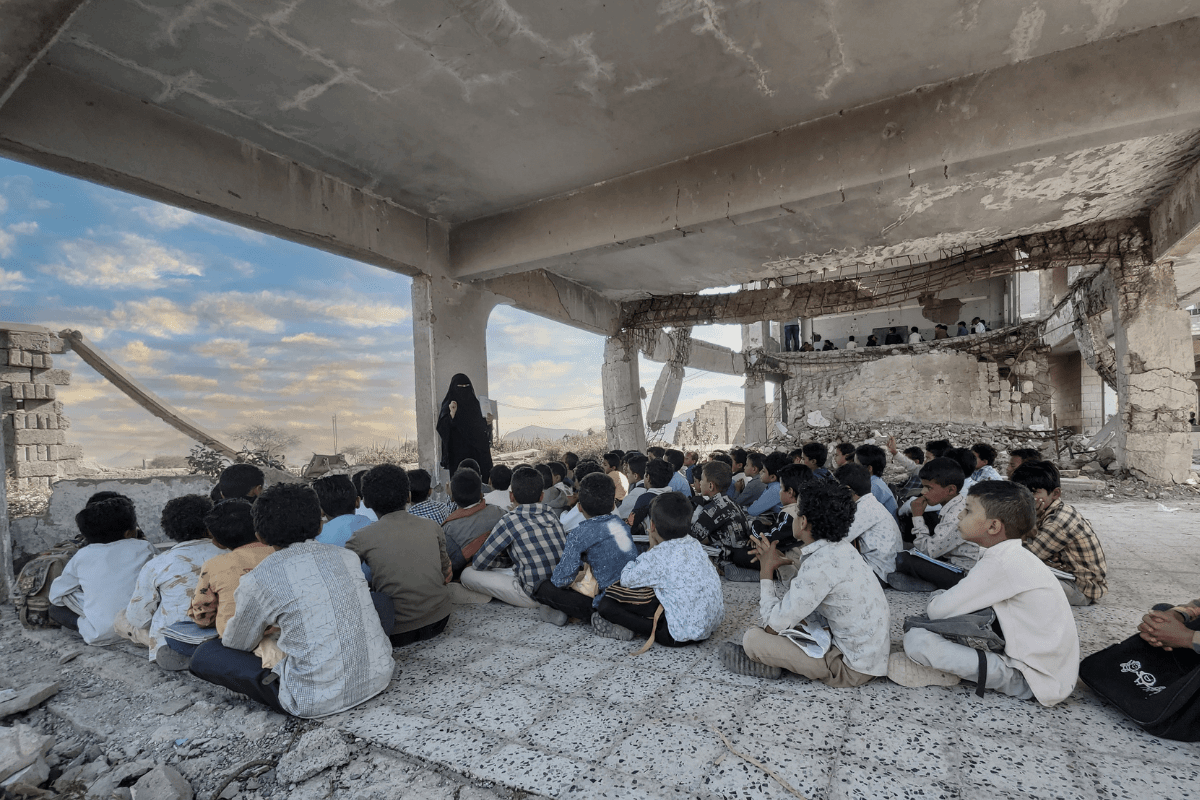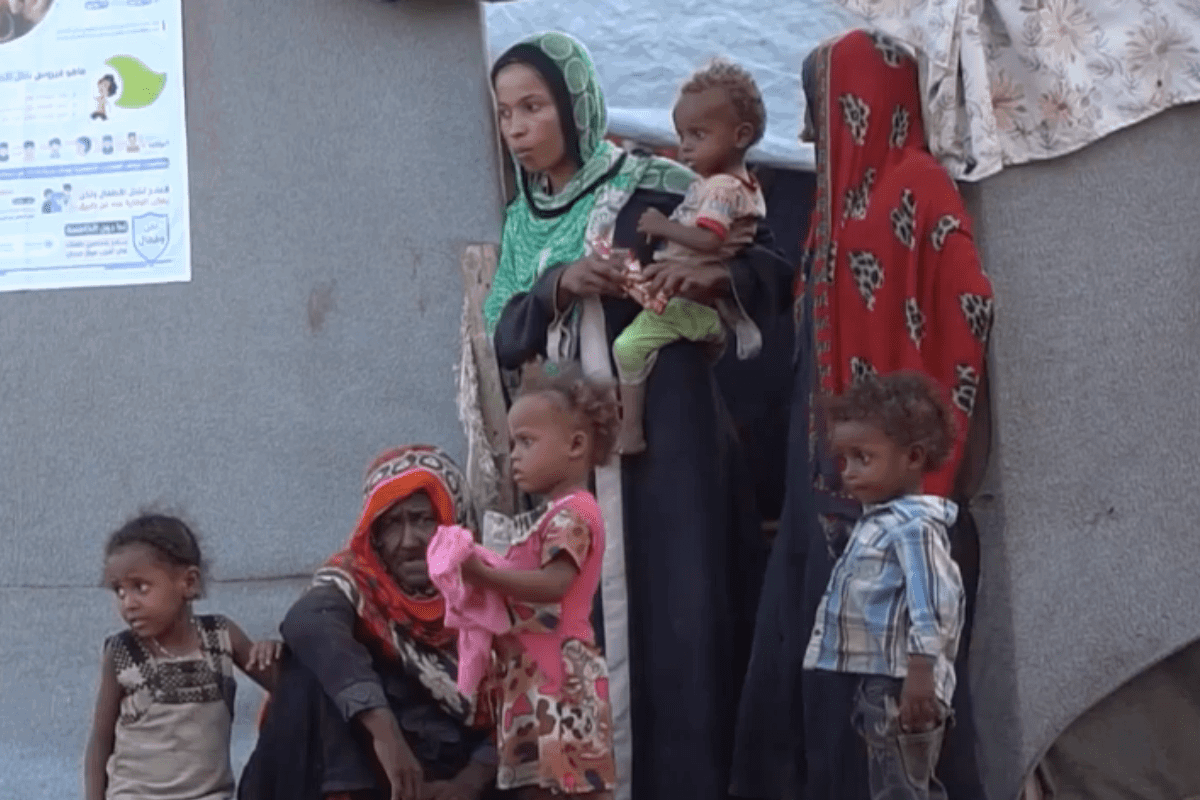Yemen's forgotten environmental crisis
Dwindling water resources, changing weather patterns, and worsening soil, water, and air quality are some of the major environmental challenges facing the country today. Although some of these problems are caused by external actions outside the control of Yemenis, such as climate change, most are the result of human activities within Yemen,
DISCOVER MORE


